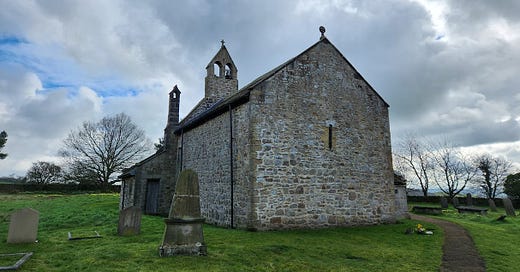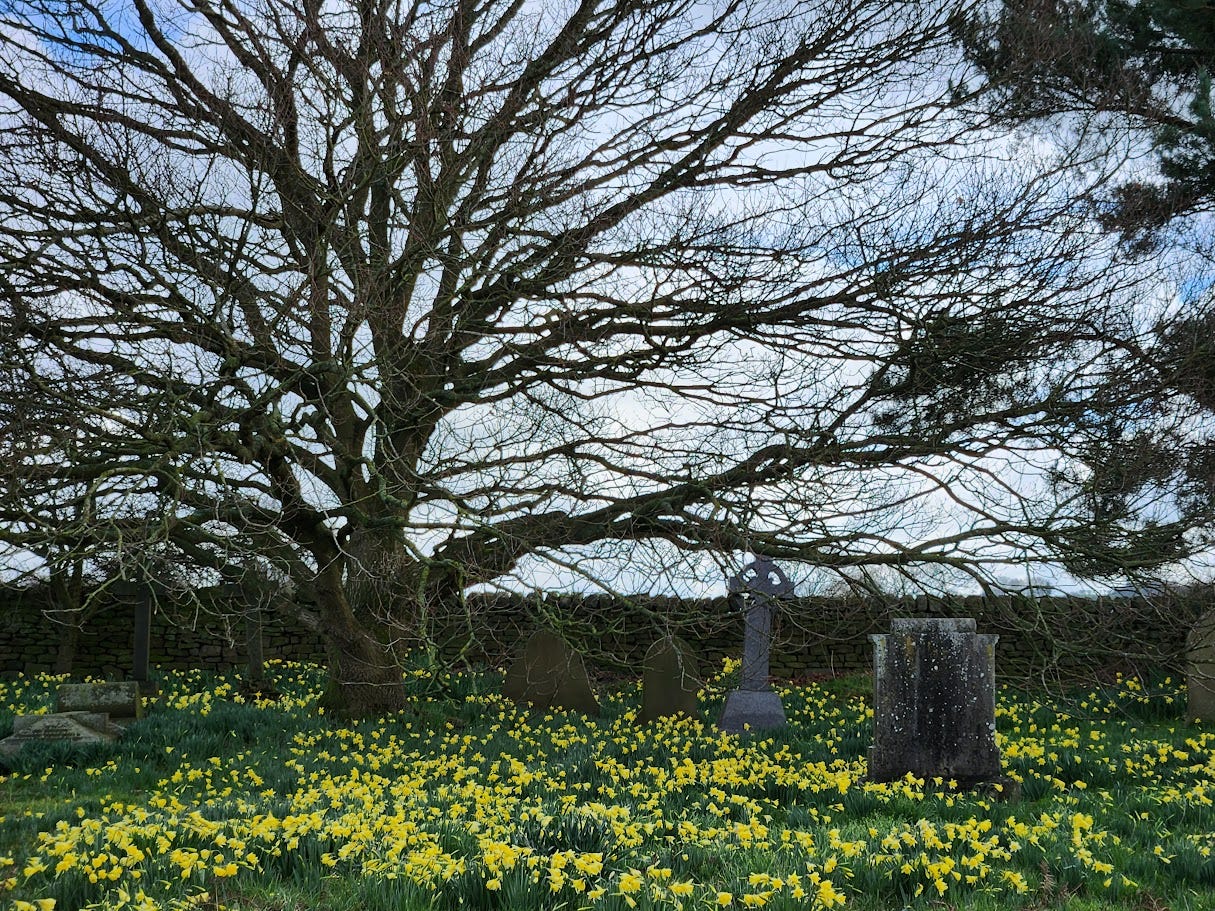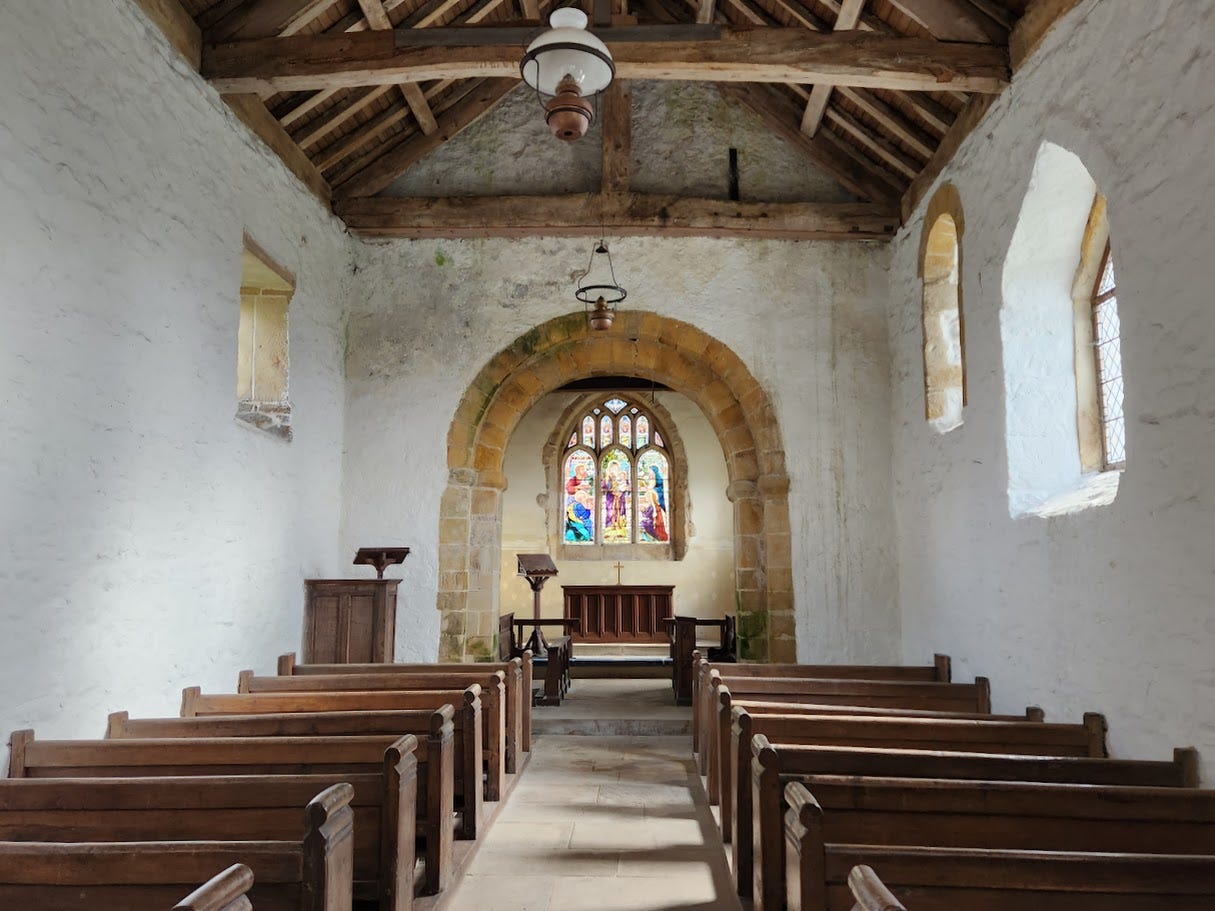It’s often hard to define why I find particular churches especially memorable, but Norman churches mostly qualify automatically. The period from 1066, when England was conquered by William of Normandy, to the late 12th century, is called, in England, “Norman”. On the European continent, it’s called “Romanesque”, because it takes its inspiration from the earlier Roman architecture.
After 1066, the new rules set about remaking England in their own image and this meant rebuilding most of the churches. As we saw in the last chapter, this meant that many Saxon churches were demolished, leaving their towers attached to new naves and chancels.
Norman churches are easily recognisable by their round arches and decorated doorways. In the next few posts, I’m going to start with the smallest, most humble examples and work up to the biggest and most impressive versions.
In March last year, I drove along very windy, narrow lanes in a very rural part of Yorkshire to reach a church on the “hitlist” of remarkable churches. At the top of a hill, perched above an expanse of arable farmland way below, a tiny church sits, with a couple of houses nearby but pretty much nothing else. There’s no parking, just a tiny slip of grass off the road by the church gate. This is a picture taken by the gate.
It’s no longer actively used and is in the care of a conservation charity. The size of the church building tells you the area was never very populous and the population in the locality must be even smaller now. But on a March day, with daffodils bursting out all around, it was exceedingly pretty.
Like most churches, it was knocked around by later generations, who put in the large windows you see on the south side, added a vestry and extended the chancel, doubling its length by the looks of it. But all in all, it’s not far removed from a church built 900 years ago.
When you walk in the door, this is what you see. A small, undecorated chancel arch and a chunky, homely roof with no delusions of grandeur. The roof is actually one of its key features, being of an unusual construction in the way it sits on the walls.
If you stand at the chancel arch and look back, this is the view. It’s small but perfectly formed. It’s likely that the walls would have been plastered at one time and decorated, but now they are whitewashed. It has a lovely ancient font which I featured in one of my earlier posts on fonts.
Keep reading with a 7-day free trial
Subscribe to Incola ego sum in terra to keep reading this post and get 7 days of free access to the full post archives.







